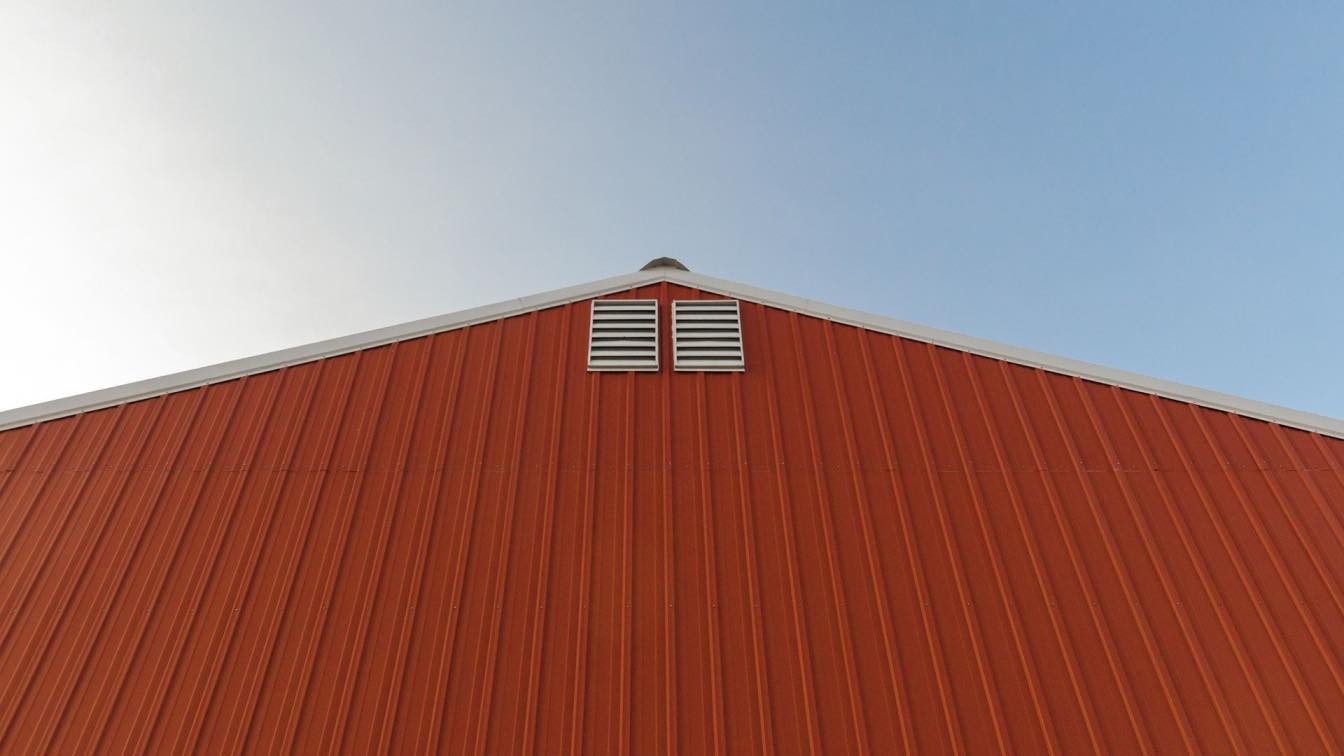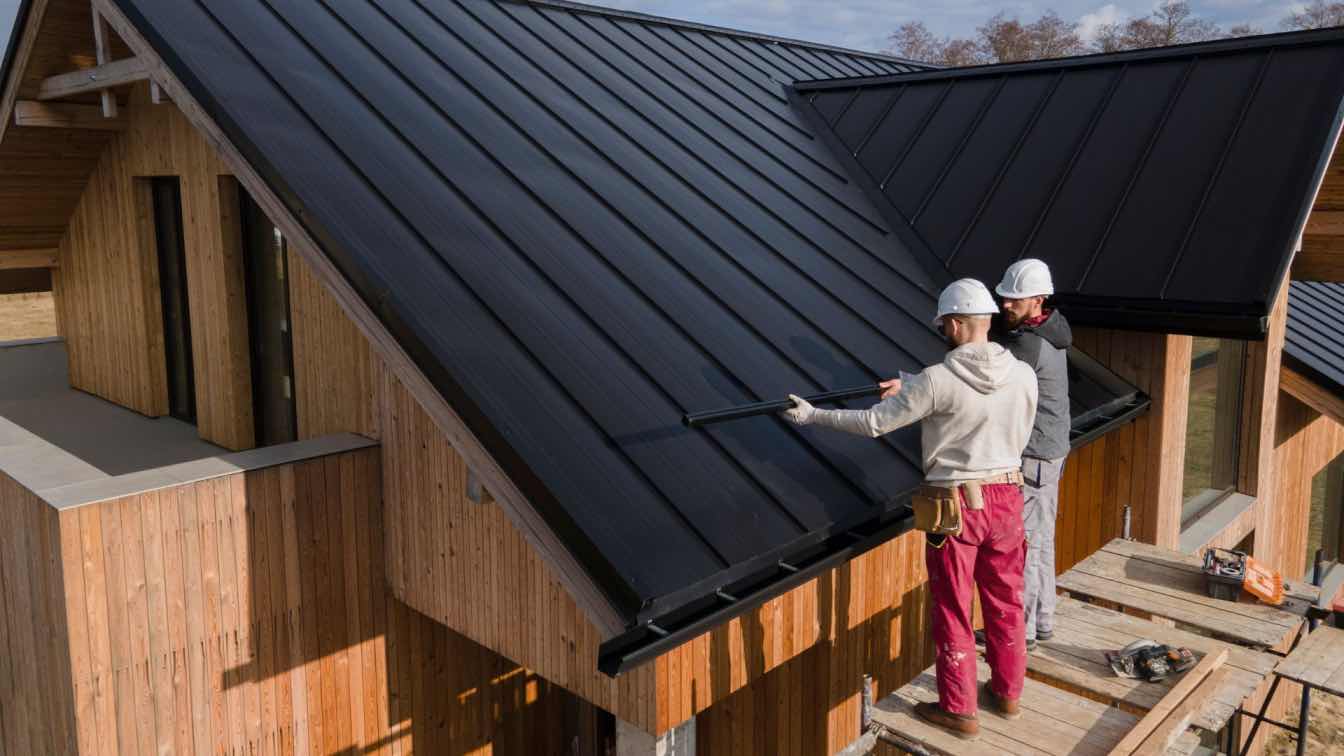Clogged gutters are an unsightly home maintenance issue. But that's not the only problem they bring. Left unaddressed, they create an ideal environment for unwanted pest infestations that can damage your property and potentially affect your health.
The accumulated debris in neglected gutters provides everything pests need: shelter, moisture, and organic material for nesting and breeding. Cleaning leaf debris with a gutter vacuum is one effective method professional services employ to eliminate these pest havens before they become established.
In this article, we'll explore the surprising connection between your gutter system and pest problems, along with practical solutions to protect your home.
How Clogged Gutters Become Pest Magnets
When gutters fill with leaves, twigs, and other organic matter, they create micro-ecosystems perfect for various pests. This debris holds moisture and begins to decompose, offering an attractive habitat for insects and small animals.
The standing water in clogged gutters becomes a breeding ground for mosquitoes, which can reproduce in as little as 1/4 inch of water. According to the Centers for Disease Control and Prevention (CDC), the Aedes mosquitoes can develop from eggs to adults in just 7-8 days in standing water conditions.
Beyond mosquitoes, the damp environment attracts carpenter ants, which can eventually move from gutters into wooden fascia boards and roof structures.
Rodents, particularly mice and rats, view leaf-filled gutters as potential pathways, not nesting sites. While they typically don't nest directly in gutters, these pests use gutters as highways to access your roof, attic, and eventually the interior of your home, preferring to nest in more hidden, enclosed spaces. Birds may also build nests in debris-filled gutters, which can lead to blockages and water damage over time.
Common Pests That Thrive in Neglected Gutters
Various pests find clogged gutters particularly appealing. Understanding which unwanted visitors you might encounter can help emphasize the importance of regular gutter maintenance.
Termites are drawn to the moist, decaying wood often found around poorly maintained gutters. The National Pest Management Association (NPMA) notes that these destructive insects cause approximately $6.8 billion in property damage annually in the United States.
Once established, termite colonies can remain undetected while causing extensive structural damage. The NPMA further highlights that only 31% of homeowners recognize the usual indicators of a termite infestation. In comparison, 49% remain unaware of the severe destruction these insects can inflict on buildings and structures.
Aside from termites, other frequent gutter-dwelling pests include:
1. spiders that prey on the insects living in the debris
2. wasps and hornets that build nests in protected gutter corners
3. earwigs, millipedes, and other moisture-loving insects
These pests don't typically remain in gutters permanently—they eventually seek entry into your home, particularly as seasons change and they search for warmer environments.
The Domino Effect: From Gutter Problems to Home Damage
Neglected gutters create a cascade of home maintenance issues that extend well beyond pest concerns. When water cannot flow properly through clogged gutters, it overflows and can damage your home's foundation, siding, and landscaping.
The connection between gutter functionality and home protection is significant. Properly functioning gutters direct rainwater away from your home's foundation. When clogged, this water instead pools around the foundation, potentially causing cracks that provide entry points for pests.
Water damage from overflowing gutters can lead to rotting fascia boards and soffit areas—prime entry points for pests seeking to move indoors. Once inside these wooden structures, pests can quickly establish themselves throughout your home.
Moreover, the moisture from improperly channeled rainwater creates damp soil conditions around your foundation, which attracts moisture-seeking pests like termites, carpenter ants, and pillbugs. These pests may initially be drawn to the exterior of your home but eventually find their way inside.
Effective Prevention and Maintenance Strategies
Preventing pest infestations related to gutter issues requires a proactive maintenance approach. Regular gutter cleaning—typically twice yearly in most climates—forms the foundation of effective prevention.
Professional gutter cleaning services offer comprehensive solutions that go beyond simple debris removal. They can identify early signs of pest activity and address minor damage before it escalates into major problems.
For ongoing protection, consider these effective strategies:
1. installing gutter guards or screens to minimize debris accumulation while still allowing water flow
2. trimming overhanging branches that drop leaves and provide pest access routes to your roof
3. scheduling professional gutter inspections in spring and fall to catch problems early
Homeowners should also ensure proper downspout positioning to direct water at least 5-10 feet away from the foundation. Extending downspouts or adding splash blocks can prevent soil erosion and moisture accumulation that attracts pests.
When to Call the Professionals
While basic gutter maintenance can be a DIY project for some homeowners, certain situations warrant professional intervention. If you notice signs of pest activity—such as droppings, gnaw marks, or unusual sounds—contacting pest control specialists promptly can prevent extensive infestations.
Professional gutter services bring specialized equipment and expertise that homeowners typically don't possess. They can safely access high or steep rooflines and identify subtle damage that might escape an untrained eye.
When selecting a gutter cleaning service, look for companies that offer comprehensive inspections that include checking for:
1. signs of pest activity or damage
2. structural integrity of gutters and downspouts
3. potential entry points around rooflines and fascia boards
4. proper drainage patterns around your foundation
The investment in professional services typically pays dividends in preventing costly repairs and pest control measures later.
The relationship between clogged gutters and pest infestations is a perfect example of how seemingly minor home maintenance issues can develop into significant problems.
Regular gutter maintenance eliminates the conditions that attract pests while simultaneously protecting your home's structural integrity. Whether you choose DIY approaches or professional services, the key lies in consistency and thorough inspection.
With proper attention to your gutter system, you can break the link between debris accumulation and unwanted visitors, ensuring your home remains pest-free and structurally sound for years to come.
Frequently Asked Questions
1. How often should gutters be cleaned to prevent pest infestations?
Most experts recommend cleaning gutters at least twice a year—in late spring and early fall. However, homes surrounded by many trees may require quarterly cleaning. Properties in regions with heavy rainfall or significant seasonal debris may benefit from more frequent maintenance schedules. The goal is to prevent any substantial buildup that could create pest habitats.
2. Can gutter guards completely eliminate the need for cleaning?
While gutter guards significantly reduce debris accumulation, they don't eliminate the need for occasional maintenance. Even the best gutter protection systems allow some fine material to enter, which can accumulate over time. Most gutter guard manufacturers recommend annual inspections and cleaning as needed, which is still less frequent than traditional gutters require.
3. Are there environmentally friendly ways to deter pests from gutters?
Several eco-friendly approaches can help deter pests while maintaining gutter functionality. Copper mesh installations can prevent rodents from nesting while still allowing water flow. Essential oil-based repellents containing peppermint or eucalyptus can deter many insects without harming beneficial wildlife. Cedar oil treatments applied by professionals provide longer-lasting natural protection that's safe for families and pets.





